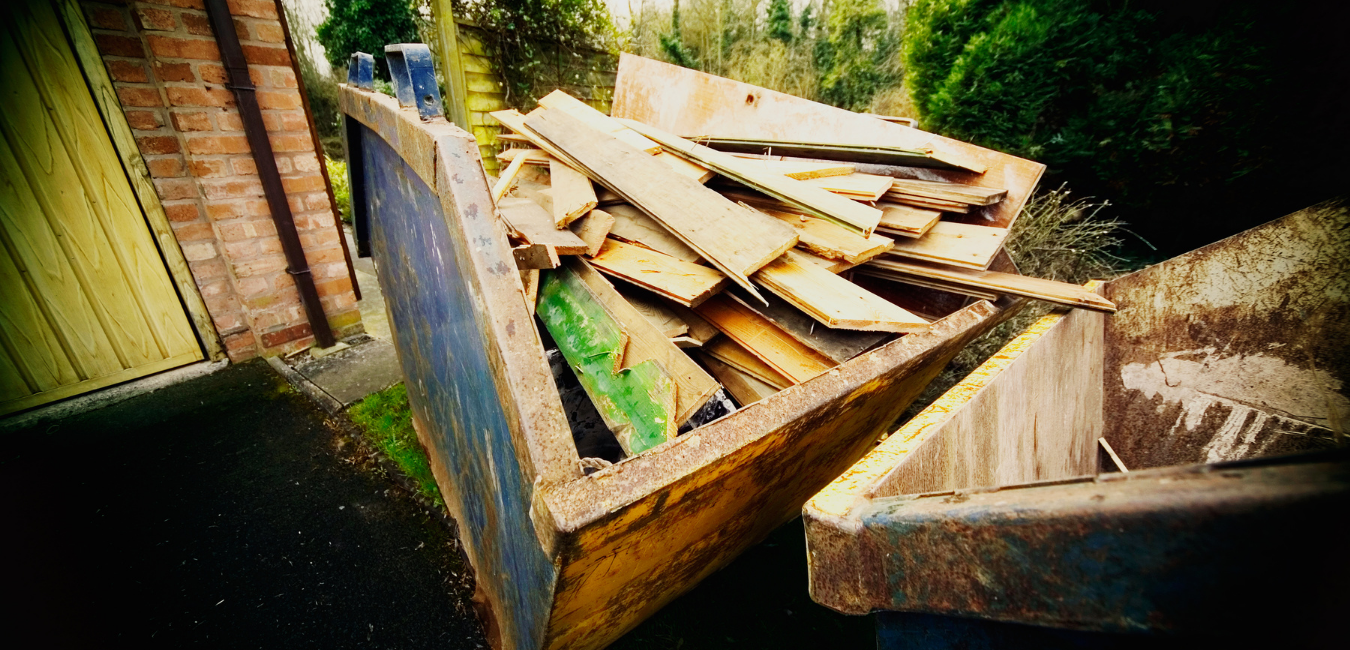






© 2021 Saxon Skips | All Rights Reserved
Trading name of Saxon Skips Limited
VAT Reg:
407555690
Company Reg:
13260239
Waste Carrier Licence: CBDU384006
07703 169 111
saxonskips@outlook.com
5 Twinwoods Business Park, Thurleigh Road, Milton Ernest, Beds, MK44 1FD
Area Coverage - Cheap Skip Hire in Bedford, Clapham, Kempston, Wixams, Elstow, Abbeyfields, Box End, Stagsden, Stewartby, Bromham, Biddenham, Putnoe, Brickhill, Upper Shelton, Houghton Conquest, Wilstead, Shortstown, Sandy, Biggleswade, Eaton Socon, St Neots, Tempsford, Ampthill, Flitwick, Greenfield, North Crawley, Shefford, Souldrop, Olney, Odell, Wilden, Keysoe, Bolnhurst, Riseley Lavendon, Henlow, Cotton End, Bletsoe, Milton Ernest, Oakley, Stevington, Pavenham, Felmersham, Harrold, Carlton, Turvey, Oakley, Thurleigh, Renhold, Marston Moretaine, Lidlington, Cranfield, Astwood, Rushden, Wellingborough, Bozeat, Wollaston, Raunds, Stanwick, Sharnbrook.